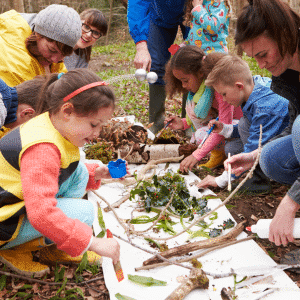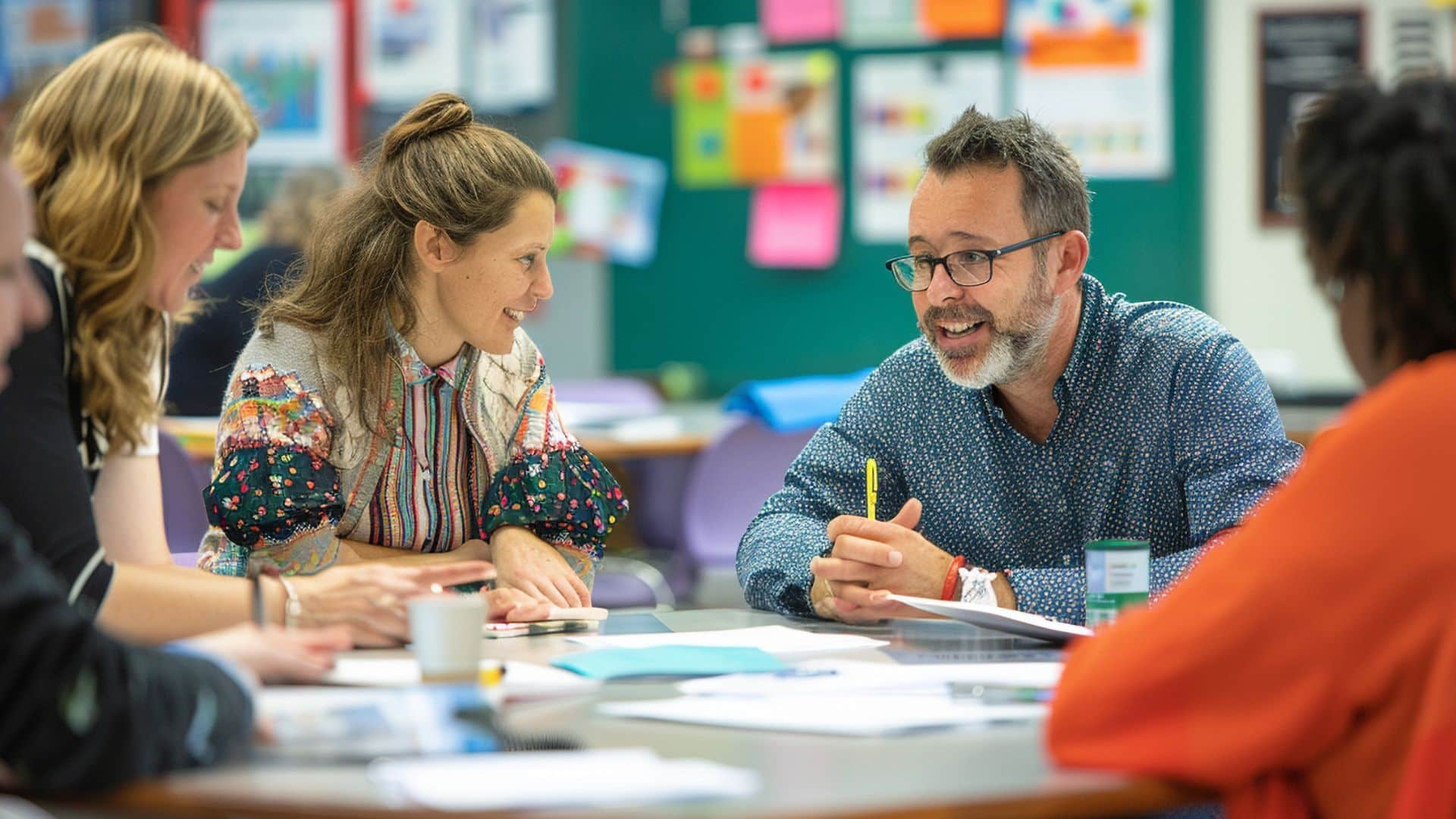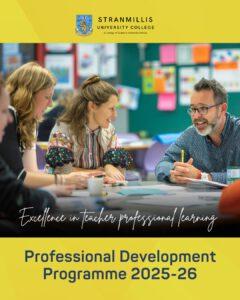 Dr Glenda Walsh, Head of Early Years Education and Head of Doctoral Studies at Stranmillis University College, played a central role at a major national early years conference held on 30–31 October 2025 at the President Hotel Rixos in Astana, Kazakhstan.
Dr Glenda Walsh, Head of Early Years Education and Head of Doctoral Studies at Stranmillis University College, played a central role at a major national early years conference held on 30–31 October 2025 at the President Hotel Rixos in Astana, Kazakhstan.
The landmark event — organised by the Ministries of Education, Health, Labour and Social Protection, Culture and Information of Kazakhstan, in partnership with UNICEF — brought together international experts, policymakers and academics to advance early childhood education and care (ECEC) across the region.
Dr Walsh was invited to deliver three major presentations and participate in panel discussions throughout the two-day gathering. Her contributions drew on international evidence and practice from Ireland and beyond.
On Thursday afternoon, she presented “Parenting Programmes: Models and Lessons Learned from Ireland”, sharing insights from her extensive research and national experience. The session attracted strong interest from professionals eager to explore transferable lessons for Kazakhstan’s evolving early years sector.
On Friday morning, she delivered “Integrating Play-Based Approaches to Support Inclusion in Early Childhood Education”, a topic that reflects her long-standing advocacy for playful, child-centred learning. Delegates responded with marked enthusiasm, recognising the role of play in fostering belonging, thriving and joyful learning for all children.
Later that day, her third presentation, “The Role of Technology in Shaping the Future of Early Childhood Education: Dos and Don’ts for Young Children”, sparked dynamic discussion on balancing digital innovation with healthy child development.
A significant moment in the conference came with the Ceremony of Signing the National Inter-Sectoral Complex Plan on Early Childhood Care and Interventions, signalling Kazakhstan’s strengthened commitment to the wellbeing of its youngest citizens.
Throughout the event, Dr Walsh engaged with an international network of researchers and leaders, including colleagues from Nazarbayev University and representatives from Europe, Central Asia and beyond. Among them were:
- Joanna Juzon, Genesis Analytics, UK
- Prof Filiz Polat, Mary Immaculate College, Ireland
- Dr May Agius, University of Malta
- Dr Dorina Savoschin, Ministry of Health, Moldova
These exchanges underscored a shared global dedication to ensuring every child receives the best possible start in life.
Dr Walsh also paid special tribute to the exceptional hospitality shown during her stay. She expressed deep gratitude to Dr Aizhan Ramazanova, who facilitated cultural visits, including a trip to a local museum, and hosted a traditional Kazakh meal. Their reconnection followed Dr Walsh’s recent examination of Dr Ramazanova’s PhD thesis at Nazarbayev University.
She also thanked organisers Aizhan, Tatiana and Violetta for their professionalism, warmth and meticulous planning, which ensured a smooth and welcoming experience from beginning to end.
Reflecting on the conference, Dr Walsh described the trip as both professionally enriching and personally inspiring, adding that she looks forward to returning to Kazakhstan in the future.
 The Governing Body and staff of Stranmillis University College are delighted that our colleague of thirty-five years, Prof. Ken Gibson, has been honoured in the King’s New Year’s Honours list with an MBE for services to education.
The Governing Body and staff of Stranmillis University College are delighted that our colleague of thirty-five years, Prof. Ken Gibson, has been honoured in the King’s New Year’s Honours list with an MBE for services to education.








 Dr Glenda Walsh,
Dr Glenda Walsh,